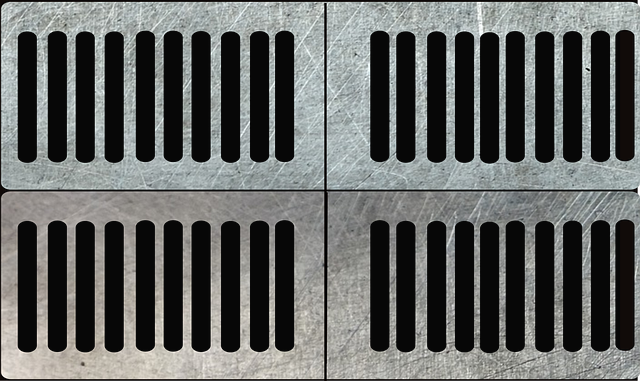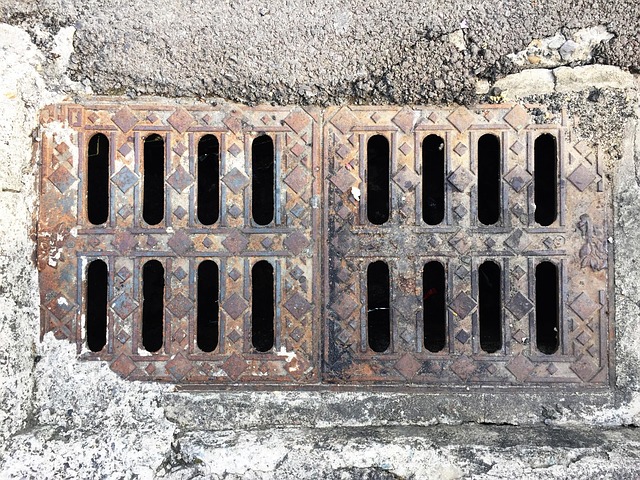Early detection of sewer line damage through signs like slow drains, clogs, and unusual odors is key to preventing costly problems. The Sewer Line Repair Guide equips homeowners with knowledge on recognizing subtle indicators and using tools like camera inspections. It offers tailored solutions for various damage types, from cracks and root intrusions to corrosion, emphasizing high-quality materials like pipe relining. Regular maintenance and inspection are crucial; consider a sewer line maintenance plan.
Are you aware of the silent culprits damaging your home’s sewer line? From mysterious clogs to unpredictable overflows, hidden signs can indicate a deeper problem. This comprehensive Sewer Line Repair Guide delves into recognizing subtle symptoms and assessing potential issues. We explore advanced tools for diagnosis and present effective repair options, ensuring your sewer line restoration is seamless and lasting. By understanding these steps, you’ll be empowered to tackle problems head-on.
- Recognizing Sewer Line Damage: Hidden Signs and Symptoms
- Assessment and Diagnosis: Tools for Identifying the Issues
- Repair Options and Best Practices for Effective Sewer Line Restoration
Recognizing Sewer Line Damage: Hidden Signs and Symptoms

Recognizing Sewer Line Damage: Hidden Signs and Symptoms
Sewer line damage can often go unnoticed until it becomes a serious problem, but there are several subtle signs that indicate issues within your plumbing system. One of the most common symptoms is slow-moving or clogged drains. If you notice that water takes an unreasonably long time to drain from sinks, tubs, or showers, or if fixtures back up frequently, it could be a sign of a cracked or blocked sewer line. Another hidden indicator is unusual odours emanating from your home’s drains; a foul smell similar to rotting eggs may suggest the presence of sulfur bacteria, which can indicate a breach in the sewer system.
Additionally, persistent flooding in your yard, especially after heavy rainfall, could point towards a damaged sewer line. Look for areas that consistently pool with water, as this might be a result of the line’s inability to properly convey wastewater. The presence of visible cracks or bulges along your sewer pipes is another clear sign of damage, and if you notice any of these symptoms, it’s time to consider sewer line repair from a professional guide to ensure the longevity of your plumbing system.
Assessment and Diagnosis: Tools for Identifying the Issues

When it comes to assessing and diagnosing sewer line damage, homeowners should be equipped with a basic understanding of common issues and the tools to identify them. The first step is to recognize subtle signs that something might be amiss. These can include unusual noises coming from drains, slow-moving or stagnant water in your yard, or persistent bad odors. If you notice any of these hidden indicators, it’s time to investigate further.
One effective tool for homeowners is a camera inspection. This non-invasive method allows professionals to visually inspect the sewer line through a flexible cable with a built-in camera. By transmitting real-time video footage, this technology enables precise identification of clogs, leaks, cracks, or other damage within the pipe. With this Sewer Line Repair Guide in hand, you can take proactive steps to address issues early on, preventing more serious and costly problems down the line.
Repair Options and Best Practices for Effective Sewer Line Restoration

When it comes to sewer line repair, there are numerous options available, each with its own set of benefits and considerations. The first step in any sewer line restoration process is identifying the type and extent of damage. This could range from simple cracks and breaks to more complex issues like root intrusion or corrosion. Once the problem area is pinpointed, a tailored repair strategy can be implemented.
The best practices for effective sewer line restoration involve using high-quality materials that are designed to withstand the harsh conditions beneath your property. Pipe relining, for instance, offers a non-invasive method of repairing damaged pipes by inserting a new, durable liner into the existing pipe. This technique not only restores the structural integrity of the sewer line but also improves its overall efficiency. Alternatively, traditional repair methods such as dig-and-replace may be more suitable in certain cases, ensuring that the replaced section meets or exceeds industry standards for durability and longevity. Regular maintenance and inspection are key to preventing future issues, so consider investing in a comprehensive sewer line maintenance plan.
Sewer line damage is a common yet often overlooked issue that can lead to significant property damage and costly repairs. By recognizing the hidden signs outlined in this guide, homeowners can take proactive measures. Utilizing advanced assessment tools and implementing effective repair practices, as discussed, ensures a comprehensive Sewer Line Repair Guide for addressing and preventing future problems. Don’t delay; address these issues promptly to maintain a healthy and safe living environment.
